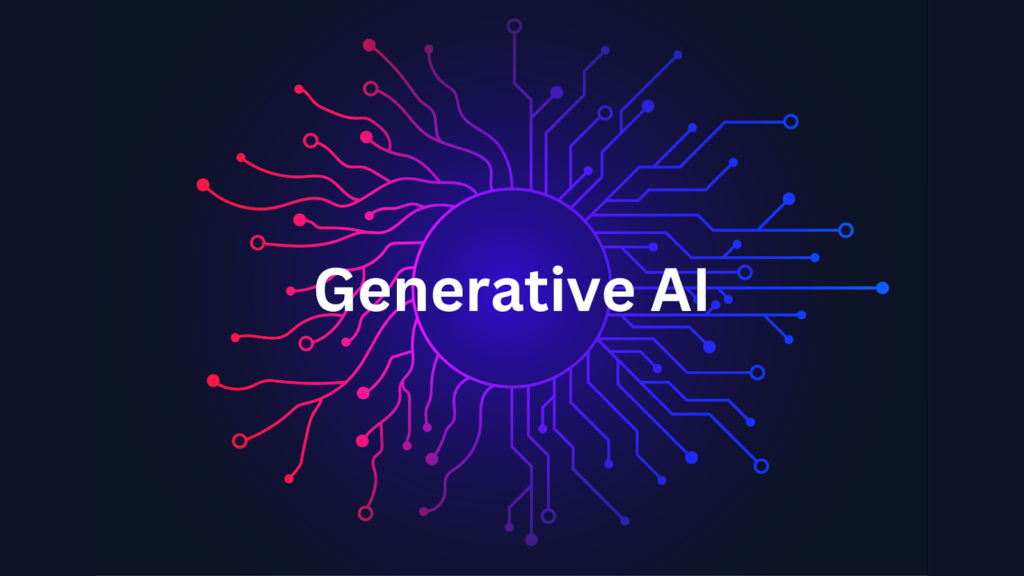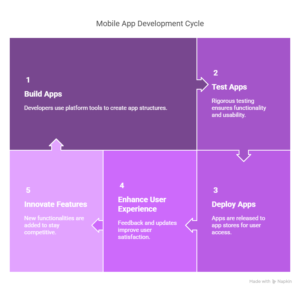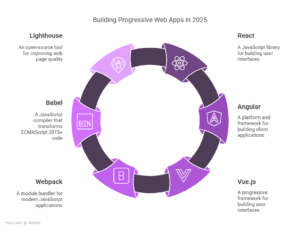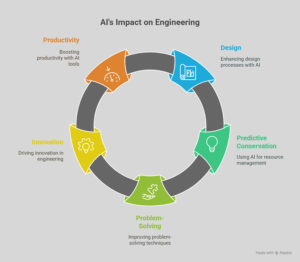In today’s rapidly evolving business landscape, being at the edge is not merely a competitive differentiator, it’s a factor of survival. And yet, never before was it so straightforward to predict how tomorrow will appear. That’s where AI-driven business simulations are increasingly taking center stage, especially when powered by Generative AI.
These new solutions are revolutionizing business planning, transformation, and growth. Discover with us how generative AI is making simulations business crystal balls on steroids.
What Are AI-Driven Business Simulations?
Simulations of your business decisions in virtual.
AI simulations depend on huge data sets, machine learning trends, and predict algorithms to extrapolate “what-if” cases. Generative AI does a lot more than this; it not only examines, but generates, new possibilities, models complex systems, human interactions, and market change in real time.
In a nutshell:
Whereas businesses might have previously attempted an educated speculation on what is happening, it is now possible to model out what is going on — and be prepared.
Why Generative AI Makes Simulations Intelligent
Simulations based on historical data and previous assumptions have been the standard. Generative AI, however, can learn, envision, and generate new situations by understanding patterns and interdependencies in data.
Here’s how:
Data Ingestion: AI works with massive amounts of data customer behavior, levels of sales, market trends, competitor actions, etc.
Pattern Recognition: It reveals underlying trends and patterns.
Scenario Generation: It generates a set of possible futures e.g., demand spikes, supply chain failures, or price wars.
Outcome Forecasting: It forecasts probable results of a variety of strategies without actually employing real resources.
Real-World Applications
Retail Strategy
Planning to introduce a new product or expand into a new territory? AI simulations can demonstrate how various pricing, marketing, or distribution plans will perform under real and expected market conditions.
Financial Planning
Investment banks and investment companies employ AI simulations to predict interest rate fluctuations, customer response, and risk exposure in various economic environments.
Supply Chain Optimization
Producers employ generative AI to simulate disruptions e.g., supply shortages or shipping disruptions and practice contingency responses prior to the occurrence of any disruption.
Startups & Innovation
Companies can copy models, customer experience, and even investor sentiment refining their strategy with AI before entering the real world.
Why It Matters
Improved Forecasting
Predict not only what will happen, but why and how it might happen.
Speedier Decision-Making
Test hypotheses immediately and with confidence with data-driven insights.
Savvier Risk Management
Identify gaps in your plan before they turn into issues.
More Adaptive Planning
Keep your business plans current in real time as new trends or data emerge.
The Challenges
Nifty as it sounds, AI-driven simulations have a few issues:
Data Quality: What you send out is only as good as what you input.
Model Transparency: Generative models are opaque and hard to read.
Overreliance: They’re wonderful tools, but they shouldn’t be used to make decisions.
The Future Is Simulated
We’re on the brink of an age when companies won’t merely react to change; they’ll make it, anticipate it, and even simulate it.
Companies’ generative simulations AI get busier, more forward-thinking, and more strategic. Startups to Fortune 500s, they’re all leveraging this tech not only to plan more effectively but to outsmart uncertainty.





